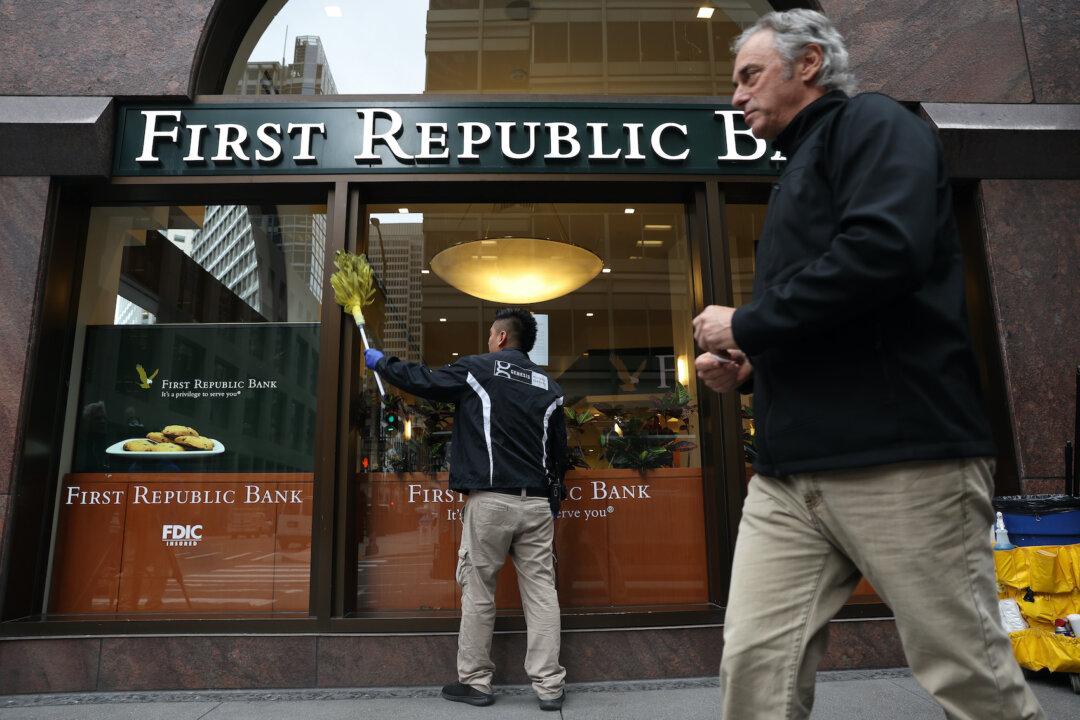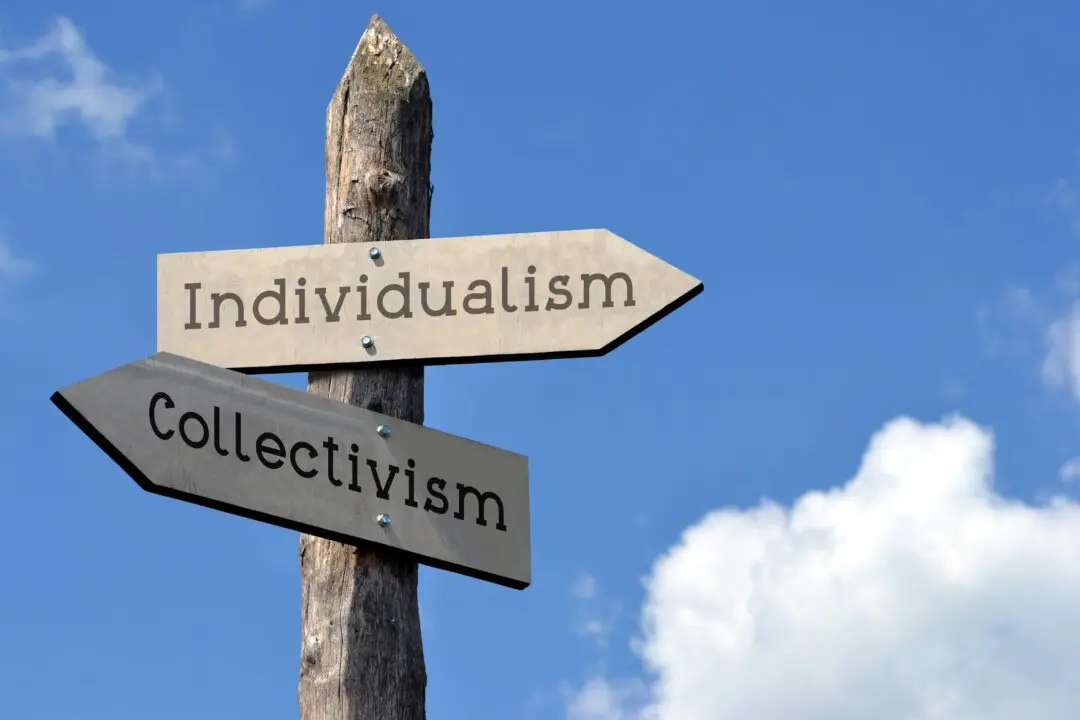Commentary
The weekend brought us the news that JPMorgan Chase bought the failing First Republic Bank, with numbers that are truly mind-boggling and further shore up JPMorgan’s megabank status. For many readers, this came across as fancy high finance and nothing much to concern us, especially since the numbers are essentially incomprehensible to the regular person.





